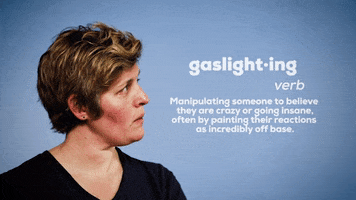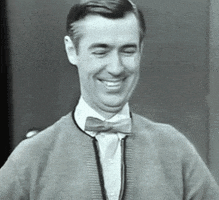- Joined
- Apr 19, 2016
- Messages
- 258
- Reaction score
- 839
Is out, free on red journal. I think it is best summarized by this -
Which in my translation is that beyond 2030, accepting uncertainties, this field has serious supply / demand concerns. Please make available to any applicant so that they can at least be informed.
Implications and Next Steps
What are the implications of these findings? First, the most likely scenario supports a relative projected balance between supply and demand until 2030 without significant oversupply or undersupply of ROs at this time. These results may provide a measure of reassurance to medical students who may be concerned about future job opportunities. At the same time, due to substantial slowing in growth of Medicare beneficiaries beyond 2030, which will likely require future supply reductions, these trends could not be projected beyond 2030, leaving an element of uncertainty for students who would have a much longer time horizonWhich in my translation is that beyond 2030, accepting uncertainties, this field has serious supply / demand concerns. Please make available to any applicant so that they can at least be informed.





